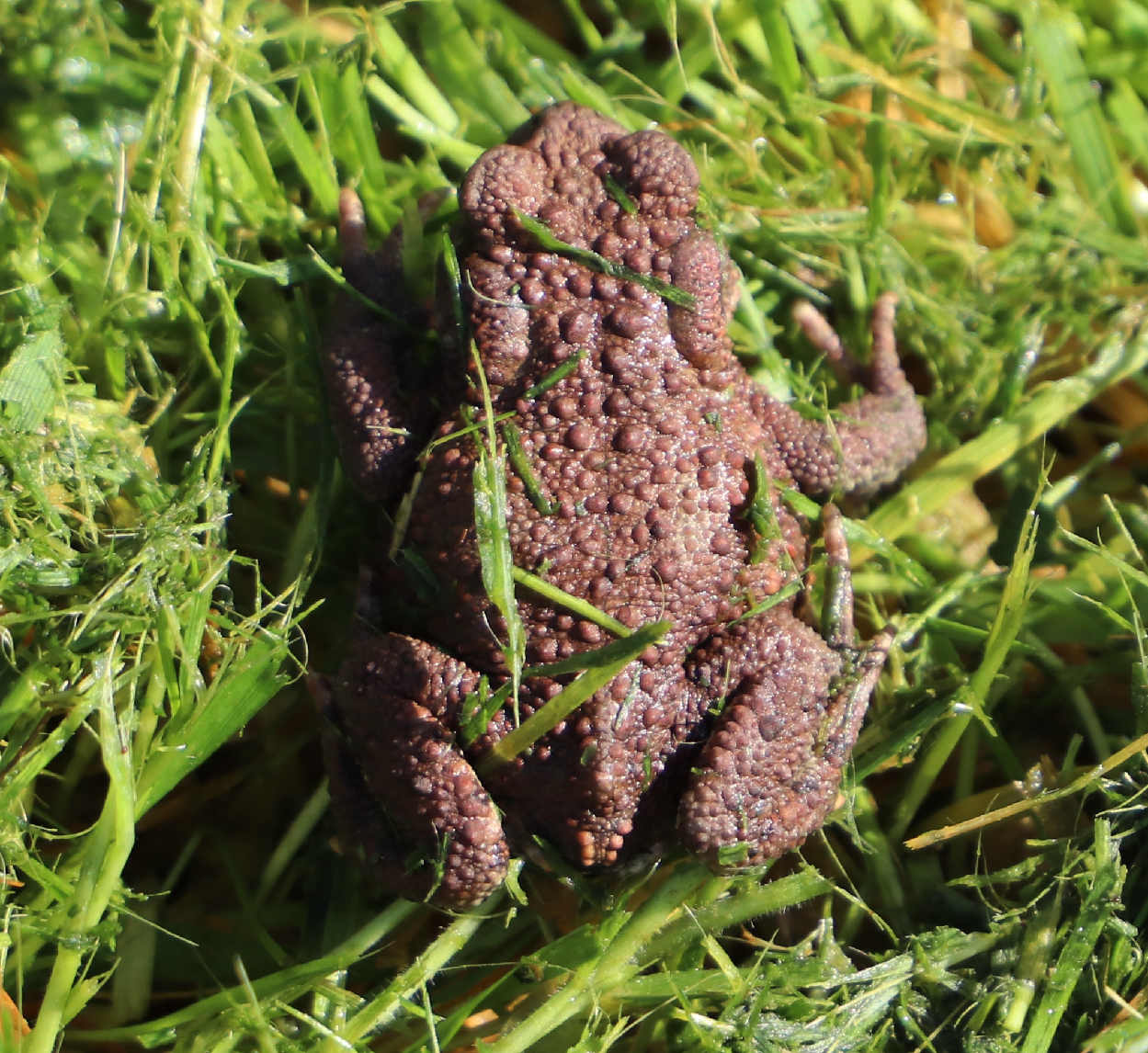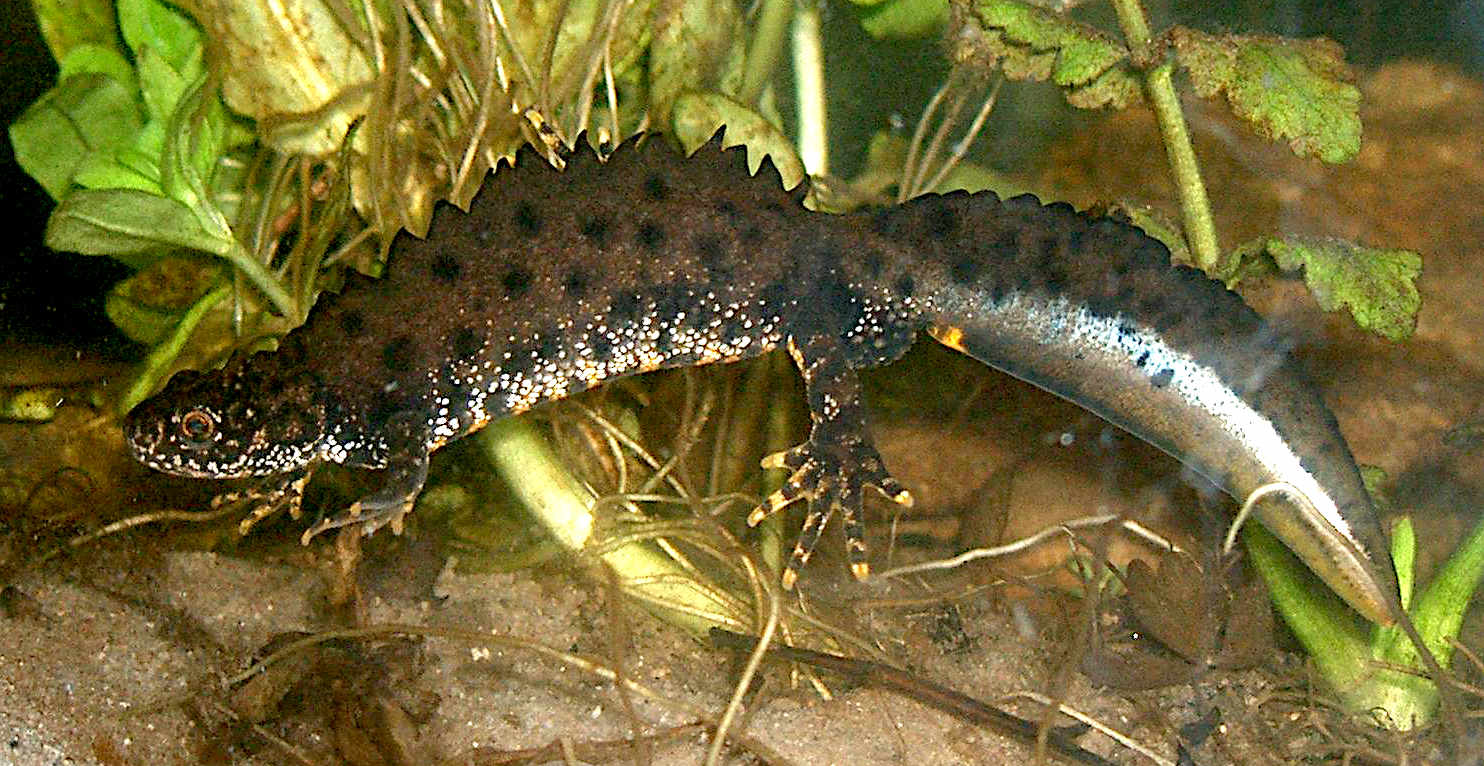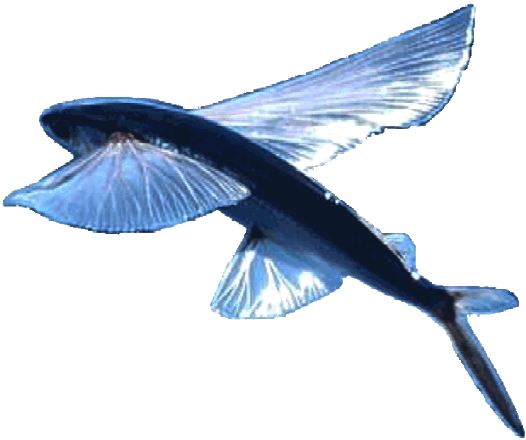|

It's
sad to think that one day, the planet Earth may be gone.
This is despite our best efforts to save her. The good news is
that provided we all work together, we can preserve the status
quo on our beautiful blue world, for centuries to come.
Provided that is we heed the warnings nature is sending us, such
as global warming and other pollutions.
CONSERVATION
Dramatic declines in amphibian populations, including population crashes and mass localized extinction, have been noted since the late 1980s from locations all over the world, and amphibian declines are thus perceived to be one of the most critical threats to global
biodiversity. In 2004, the International Union for Conservation of Nature (IUCN) reported stating that currently birds, mammals, and amphibians extinction rates were at minimum 48 times greater than natural
extinction rates
- possibly 1,024 times higher. In 2006, there were believed to be 4,035 species of amphibians that depended on water at some stage during their life cycle. Of these, 1,356 (33.6%) were considered to be threatened and this figure is likely to be an underestimate because it excludes 1,427 species for which there was insufficient data to assess their status. A number of causes are believed to be involved, including habitat destruction and modification, over-exploitation, pollution, introduced species, global warming, endocrine-disrupting pollutants, destruction of the ozone layer (ultraviolet radiation has shown to be especially damaging to the skin, eyes, and eggs of amphibians), and diseases like chytridiomycosis. However, many of the causes of amphibian declines are still poorly understood, and are a topic of ongoing discussion.
POLLUTION AND PESTICIDES
The decline in amphibian and reptile populations has led to an awareness of the effects of pesticides on reptiles and amphibians. In the past, the argument that amphibians or reptiles were more susceptible to any chemical contamination than any land aquatic vertebrate was not supported by research until recently. Amphibians and reptiles have complex life cycles, live in different climate and ecological zones, and are more vulnerable to chemical exposure. Certain pesticides, such as organophosphates, neonicotinoids, and carbamates, react via cholinesterase inhibition. Cholinesterase is an enzyme that causes the hydrolysis of acetylcholine, an excitatory neurotransmitter that is abundant in the nervous system. AChE inhibitors are either reversible or irreversible, and carbamates are safer than organophosphorus insecticides, which are more likely to cause cholinergic poisoning. Reptile exposure to an AChE inhibitory pesticide may result in disruption of neural function in reptiles. The buildup of these inhibitory effects on motor performance, such as food consumption and other activities.

PROTECTION STRATEGIES
The Amphibian Specialist Group of the IUCN is spearheading efforts to implement a comprehensive global strategy for amphibian conservation. Amphibian
Ark is an organization that was formed to implement the ex-situ conservation recommendations of this plan, and they have been working with zoos and aquaria around the world, encouraging them to create assurance colonies of threatened amphibians. One such project is the Panama Amphibian Rescue and
Conservation Project that built on existing conservation efforts in Panama to create a country-wide response to the threat of chytridiomycosis.
Another measure would be to stop exploitation of frogs for human consumption. In the
Middle East, a growing appetite for eating frog legs and the consequent gathering of them for food was already linked to an increase in mosquitoes and thus has direct consequences for human health.
Let
the animals enjoy the Earth
Like
birds, reptiles, mammals, and fishes, amphibians are vertebrates
– that is, creatures with a backbone and an internal
skeleton. Amphibians live part of their life in water and part
on land. Even those species that lay eggs on land start life in
a fluid-filled egg, breathing through gills.
AMPHIBIANS:
Bullfrog*
White's
Tree Frog*
Amphibians (class Amphibia) are a group of
animals that include all tetrapods (four-legged vertebrates)
that do not have amniotic eggs. Amphibians (from Greek
amphis "both" and bios
"life") generally spend part of their time on land,
but they do not have the adaptations to an entirely
terrestrial existence found in most other modern tetrapods
(amniotes). There are about 5,700 living species of
amphibians.
History of amphibians
Amphibians developed with the characteristics of pharyngeal
slits/gills, a dorsal nerve cord, a notochord, and a post-anal
tail at different stages of their life. They have persisted
since the dawn of tetrapods 390 million years ago in the
Devonian period, when they were the first four-legged animals
to develop lungs. During the following Carboniferous period
they also developed the ability to walk on land to avoid
aquatic competition and predation while allowing them to
travel from water source to water source. As a group they
maintained the status of the dominant animal for nearly 75
million years.
Throughout their history they have ranged in
size from the 15 foot long Devonian Ichthyostega, to
the slightly smaller 6 foot long Eryops, and down to the tiny
1 centimeter long Psyllophryne didactyla, commonly
known as the Brazilian Gold Frog. Amphibians have mastered
almost every climate on earth from the hottest deserts to the
frozen arctic, and have adapted to climatic change with ease.
-
Solomon Berg Martin, Biology
-
Duellman/Trueb, Biology of Amphibians
Frogs
movie trailer
Classification
Traditionally the amphibians are taken to include all
tetrapods that are not amniotes. Recent amphibians all belong
to a single subgroup of these, called the Lissamphibia.
Recently there has been a tendency to restrict the class
Amphibia to the Lissamphibia, i.e. to exclude tetrapods that
are not more closely related to modern forms than they are to
modern reptiles, birds, and mammals.
There are two ancient, extinct, subclasses:
Of the remaining modern subclass Lissamphibia there
are three orders:
-
Order Anura (frogs and toads) (in Superorder Salientia):
5,070 species
-
Order Caudata or Urodela
(salamanders): 510 species
-
Order Gymnophiona or Apoda
(caecilians):
170 species
Authorities disagree on whether Salientia is a Superorder
that includes the order Anura, or whether Anura is a sub-order
of the order Salientia. In effect Salientia includes all the
Anura plus a single Triassic
proto-frog species, Triadobatrachus
massinoti. Practical considerations seem to favour
using the former arrangement now.
Frogs on the edge
Reproduction
For the purpose of reproduction all amphibians are bound to
water. Several species have adapted to arid and semi-arid
environments, but most of them need water to lay their eggs.
The larvae breathe with exterior gills.
After hatching they start to transform gradually to the
adult's appearance. This process is called metamorphosis.
Typically, the animals then leave the water and become
terrestrial adults, but there are some exceptions to this
general way of reproduction.
The most obvious part of the amphibian metamorphosis is the
formation of four legs in order to support the body on land.
But there are several other changes:
-
The gills are replaced by other respiratory organs, e.g.
lungs.
-
The skin changes and develops glands
to avoid dehydration
-
The eyes get eyelids and adapt to vision outside the
water
-
An eardrum
is developed to lock the middle ear
Select a
species to find out more:
Iguana
facts
Please
use the Index below to navigate the Animal Kingdom:-
|
AMPHIBIANS |
Such
as frogs (class: Amphibia)
Toads, Newts |
|
ANNELIDS |
As
in Earthworms (phyla: Annelida) |
|
ANTHROPOLOGY |
Neanderthals,
Homo Erectus (Extinct) |
|
ARACHNIDS |
Spiders
(class: Arachnida) |
|
BIRDS
|
Such
as Eagles, Albatross
(class: Aves) |
|
CETACEANS
|
such
as Whales
& Dolphins
( order:Cetacea) |
|
CRUSTACEANS |
such
as crabs (subphyla: Crustacea) |
|
DINOSAURS
|
Tyranosaurus
Rex,
Brontosaurus (Extinct) |
|
ECHINODERMS |
As
in Starfish (phyla: Echinodermata) |
|
FISH
|
Sharks,
Tuna (group: Pisces) |
|
HUMANS
-
MAN |
Homo
Sapiens THE
BRAIN |
|
INSECTS |
Ants,
(subphyla: Uniramia class:
Insecta) |
|
LIFE
ON EARTH
|
Which
includes PLANTS
non- animal life |
|
MAMMALS
|
Warm
blooded animals (class: Mammalia) |
|
MARSUPIALS |
Such
as Kangaroos
(order: Marsupialia) |
|
MOLLUSKS |
Such
as octopus (phyla: Mollusca) |
|
PLANTS |
Trees
- |
|
PRIMATES |
Gorillas,
Chimpanzees
(order: Primates) |
|
REPTILES |
As
in Crocodiles,
Snakes (class: Reptilia) |
|
RODENTS |
such
as Rats, Mice (order: Rodentia) |
|
SIMPLE
LIFE FORMS
|
As
in Amoeba, plankton (phyla: protozoa) |
|
|
|
John
Storm and Kulo Luna $billion dollar whale
When
a pirate whaler kills a small humpback whale, a larger
whale sinks the pirate ship to avenge the death, but is
itself wounded. The pirates put a price on the whale's
head, but an adventurer in an advanced solar powered
boat races to beat the pirates and save the wounded
animal.

|

ACIDIFICATION
- ADRIATIC
- ARCTIC
- ATLANTIC
- BALTIC
- BERING
- CARIBBEAN
- CORAL
- EAST
CHINA
ENGLISH
CH - GOC
- GULF
MEXICO - INDIAN
- IRC
- MEDITERRANEAN
- NORTH
SEA - PACIFIC
- PERSIAN
GULF - SEA
JAPAN
STH
CHINA - PLASTIC
- PLANKTON
- PLASTIC
OCEANS - SEA
LEVEL RISE - UNCLOS
- UNEP
- WOC
- WWF
|
